We moved!
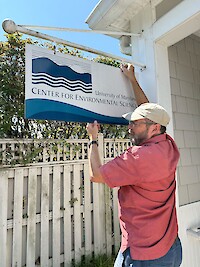
In July, we officially moved from our office in Eastport to our new office on 115 West Street. We are also sharing this new space with colleagues from UMCES University Administration. We are excited for this new chapter and for the opportunities ahead. We greatly appreciate everyone’s efforts to make this move possible and the new space functional.
Understanding scientific applications of AI
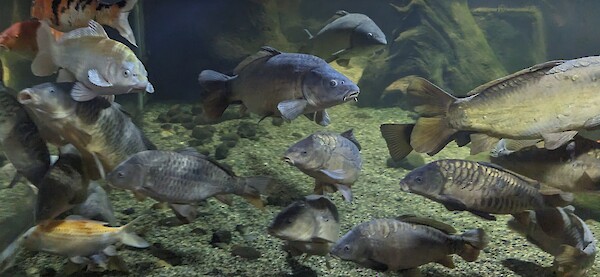
In partnership with The Nature Conservancy and Google, IAN held a virtual workshop on July 16th to interview experts in Artificial Intelligence and freshwater ecosystems to better understand how scientists are using AI to monitor and conserve freshwater species. The virtual workshop was successful, with attendance by over 20 experts from around the world. They shared valuable insights about their use of AI in scientific research, their experience with this cutting-edge technology, the benefits and challenges, and more. Additionally, IAN conducted a detailed literature review about the various types of machine learning techniques. The study led to a better understanding of AI's many uses, including image and audio recognition, habitat modeling, and unmanned vehicle technology, resulting in time and resource savings. This research will ultimately help scientists in the Global South to use AI in areas where data and resources are scarce.
Now available: 2025 Comprehensive Conservation & Management Plan for Maryland's Coastal Bays
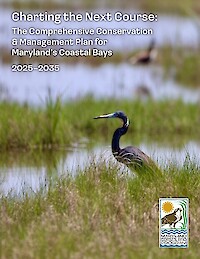
Over the past 2 years, IAN has worked closely with the Maryland Coastal Bays Program (MCBP) to revise their Comprehensive Conservation and Management Plan (CCMP). The CCMP will direct the MCBP’s work over the next 10 years to protect and restore Maryland’s five coastal bays. IAN updated the CCMP’s layout and design, edited text, and provided new graphics for this critical guiding document. The CCMP was recently approved by the Environmental Protection Agency and officially adopted by the Policy Committee last month at a signing ceremony in Ocean City, MD.
Meet the Scientist: Ann Foo
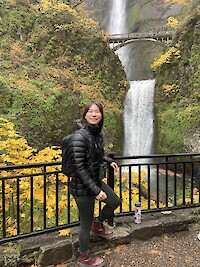
Hi everyone, I’m Ann Foo, and I’m a science communicator at IAN. I have worked here since 2022, and I really feel like I’ve found my niche at the intersection of science and design. I don’t have an educational background in environmental science—I got dual degrees in cell biology and Greek and Roman history, with a big focus on art and language—but I’ve always been a nature kid.
During undergrad, I worked in a food science lab that studied how to minimize foodborne pathogens on crops and traced outbreaks of E. coli and salmonella using PCR. I also spent a lot of time in greenhouses, growing tomato seeds in sterile rooms, and autoclaving heaps of veggies. I planned to go into medical research, but once working full-time in a neuroscience lab doing schizophrenia research, I found that I enjoyed working on diagrams, presentations, and posters much more than the actual benchwork. A mentor encouraged me to focus on communication, design, and writing, and that led me to IAN.
I have learned so much since joining IAN, and I love everything about what we do. I love talking to people and connecting them with data and resources to better protect or understand their environment. I love doing workshops for middle school teachers to combine art and science in their curricula. I love using design to make information more accessible. I love that some days, I just get to draw a ton of fish! The work we do at IAN connects us with people around the world who are studying and caring for the world around them. Effective environmentalism must be intersectional and must focus on addressing inequity. Most of all, I love working alongside so many people who care deeply about both the environment and the people who live here.
If you value research like Ann's, consider donating to IAN here.
Elizabeth's Landing Living Shoreline: A Community Project
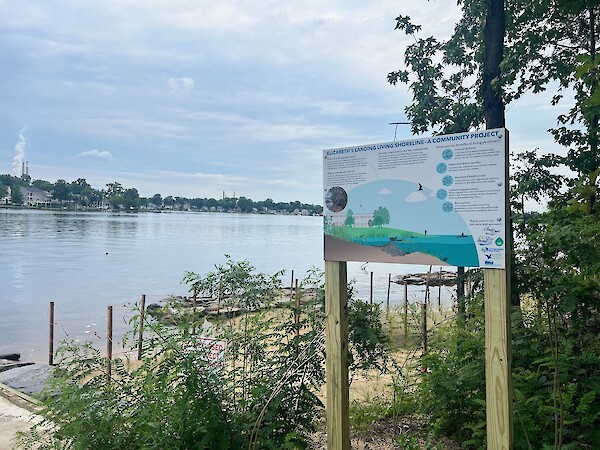
With the help of the Green Trust Alliance, the Elizabeth's Landing community installed a living shoreline to address significant coastal erosion caused by wave energy from wind and boat traffic. The project was a community effort, with residents assessing the need, fundraising, and planting native marshes. This signage was created by IAN to provide an educational component to the living shoreline, with hopes that more people will learn about the many benefits of a living shoreline as an alternative to bulkheads or jetties, which are often used in similar neighborhoods to manage wave energy and shoreline erosion. A planting day was held in June to kick off the installation of the living shoreline, and the signage was installed shortly after.